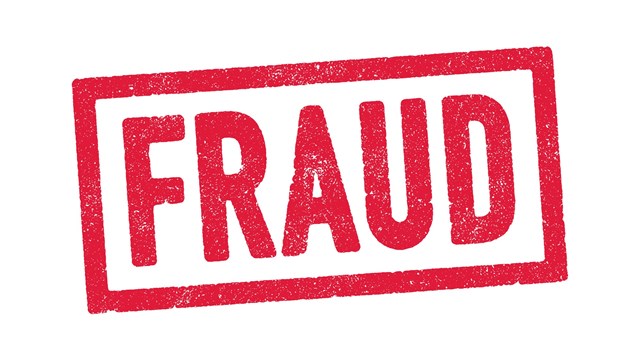
Q. If someone wants to get a board member off the board, how do they go about it and what percentage of the shareholders do they need? Also, do renters vote?
—Civic-Minded Cooperator
A. “First, you need to check the cooperative’s bylaws for guidance here,” says attorney Steven Sladkus, a partner with the New York City law firm of Schwartz Sladkus Reich Greenberg Atlas LLP. “Typically a majority of the board directors may call a special meeting for the purpose of removing a fellow board member, but it is also usually the duty of the secretary to call a special meeting whenever requested by 25 percent of the shareholders. What typically happens is you get a petition going and have it signed by 25 percent with a demand to the secretary: “We want to have a special meeting to remove this board member.” So that’s the way it’s typically done.
“The question also goes into what percentage of the shareholders they need actually remove a director—and that depends on if the corporation has cumulative voting as opposed to straight voting. It is much more difficult to remove a board member who has been elected through cumulative voting.
“First, let’s take a look at straight voting. Let’s say you have 100 shares, and there are five board positions and seven people running. Each time you vote for a candidate, the candidate receives 100 votes. You could cast 100 votes for up to five people. Said another way, you don’t have to vote for everyone, but everyone you do vote for gets 100 votes. You can’t vote for more than five people because only five people may be elected.
“Cumulative voting is different. Using the same example above, under cumulative voting, you take your number of votes (in this case, 100) and multiply it by the number of board positions (in this case, five). That gives you 500 votes. You can cast those 500 votes among the five positions in any way you wish. For instance, you could vote all 500 for just one person. You could do 496, 1, 1, 1 and 1 or any other combination thereof.
“The real purpose of cumulative voting is to help a minority of voters elect someone to the board. If you have a number of people voting their 500 shares for one person, the likelihood of their election is much greater.
“If a board member is elected through straight voting, typically that board member could be removed by a majority of shareholders who attend the meeting being held for the removal vote.
“If a board member is elected through cumulative voting, New York’s Business Corporation Law says that that director may not be removed if the number of votes cast against removal would be sufficient to elect him if voted cumulatively at an election at which the same total number of votes were cast. In our example of five directors, it would require a 83.34 percent vote in favor of removal for the director to be removed. This percentage will go up with more directors and down with less.
“For the second part of your question, renters don’t vote in a co-op situation—only shareholders are allowed to vote, unless the renter is given a proxy by a shareholder.”









4 Comments
Leave a Comment